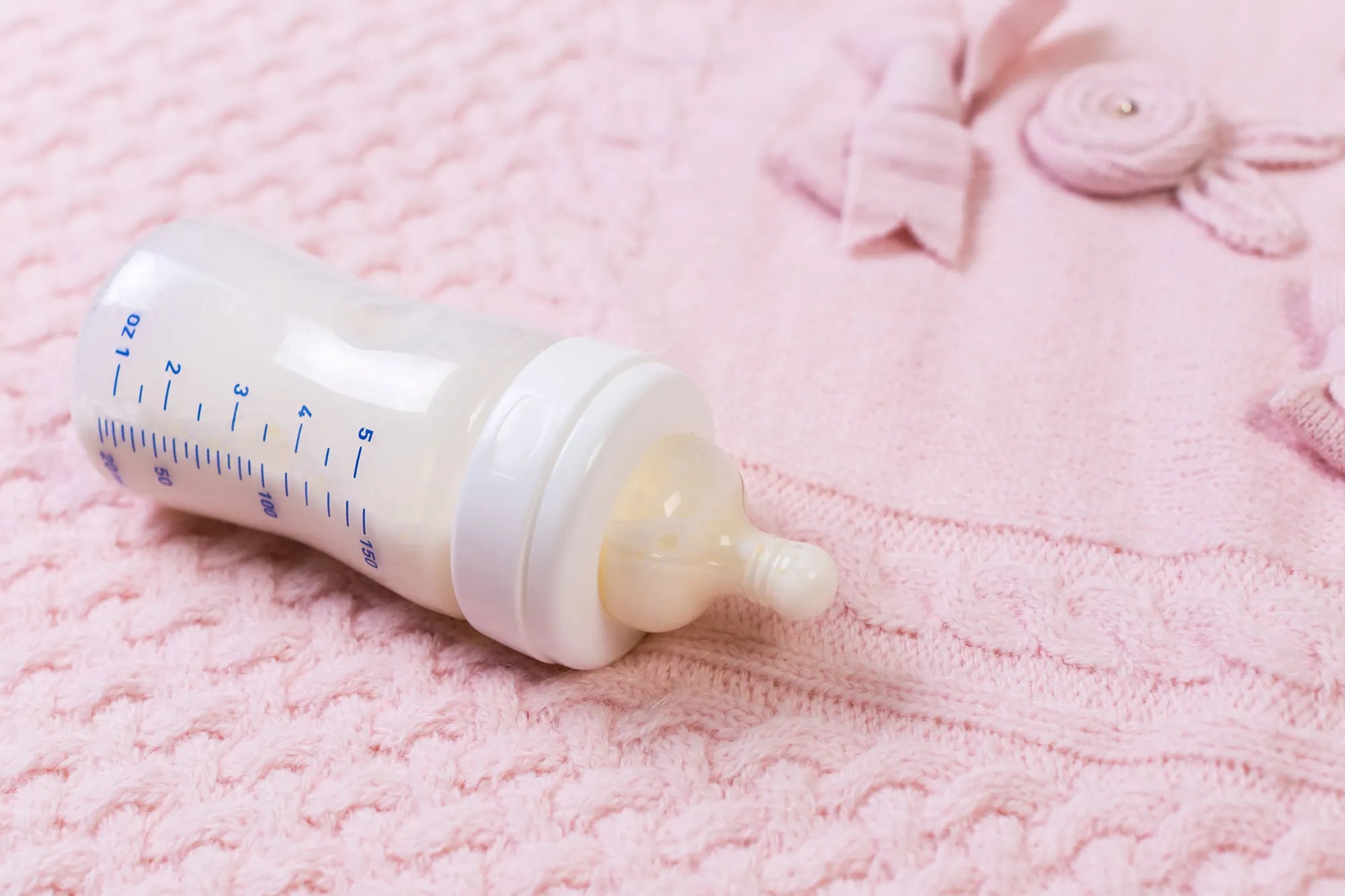Startseite
Pregnancy, Breastfeeding, and Pumping: The Ultimate Guide for Moms
Can You Use a Second Hand Breast Pump? Everything You Need to Know

Can You Use a Second Hand Breast Pump? Everything You Need to Know
When it comes to breastfeeding, having the right tools can make all the difference. One question that often arises among new parents is: Can you use a second-hand breast pump? The answer isn’t as straightforward as a simple yes or no. While it might seem like a cost-effective solution, there are several factors to consider before making this decision. This article will explore the benefits, risks, and essential tips for using a second-hand breast pump safely and effectively.
Understanding Breast Pump Basics
Before diving into the specifics of second-hand breast pumps, it’s important to understand how they work. A breast pump is a device used by lactating individuals to extract milk from their breasts. These devices can be manual or electric and are designed to mimic a baby’s natural sucking motion. Breast pumps are essential for mothers who need to express milk for various reasons, such as returning to work, increasing milk supply, or feeding a baby who has difficulty latching.
Pros of Using a Second-Hand Breast Pump
There are several advantages to opting for a second-hand breast pump:
- Cost Savings: New breast pumps can be expensive, and a second-hand option can significantly reduce costs.
- Eco-Friendly: Reusing a breast pump is a sustainable choice that reduces waste.
- Convenience: Purchasing a second-hand pump can save time, especially if you need one urgently.
Cons of Using a Second-Hand Breast Pump
While there are benefits, there are also notable drawbacks to consider:
- Hygiene Concerns: Breast pumps come into direct contact with breast milk, making proper sterilization crucial.
- Wear and Tear: Older pumps may not function as efficiently as newer models.
- Lack of Warranty: Second-hand pumps typically don’t come with a warranty, leaving you without recourse if it malfunctions.
Safety Considerations
Safety is paramount when using a second-hand breast pump. Here are some key points to keep in mind:
- Replace Certain Parts: Always replace components like breast shields, valves, and tubing, as these cannot be fully sterilized.
- Inspect the Pump: Check for signs of damage or wear that could affect performance.
- Research the Model: Ensure the pump is still in good working condition and meets current safety standards.
How to Clean and Sterilize a Second-Hand Breast Pump
Proper cleaning and sterilization are essential to ensure the pump is safe to use. Follow these steps:
- Disassemble the pump completely.
- Wash all parts with warm, soapy water.
- Use a sterilizing solution or steam sterilizer to kill any remaining bacteria.
- Allow the parts to air dry on a clean towel.
Alternatives to Second-Hand Breast Pumps
If you’re unsure about using a second-hand pump, there are other options to consider:
- Rental Programs: Many hospitals and medical supply stores offer breast pump rentals.
- Insurance Coverage: Some insurance plans cover the cost of a new breast pump.
- Community Programs: Look for local organizations that provide free or low-cost pumps.
Making an Informed Decision
Deciding whether to use a second-hand breast pump ultimately depends on your individual circumstances. Consider your budget, the pump’s condition, and your comfort level with hygiene practices. If you’re still unsure, consult a lactation consultant or healthcare provider for guidance.
Using a second-hand breast pump can be a practical and economical choice, but it’s essential to prioritize safety and hygiene. By following the tips outlined in this article, you can make an informed decision that supports your breastfeeding journey. Whether you choose to go second-hand or explore other options, the most important thing is to ensure you and your baby have the tools you need to thrive.
Teilen


